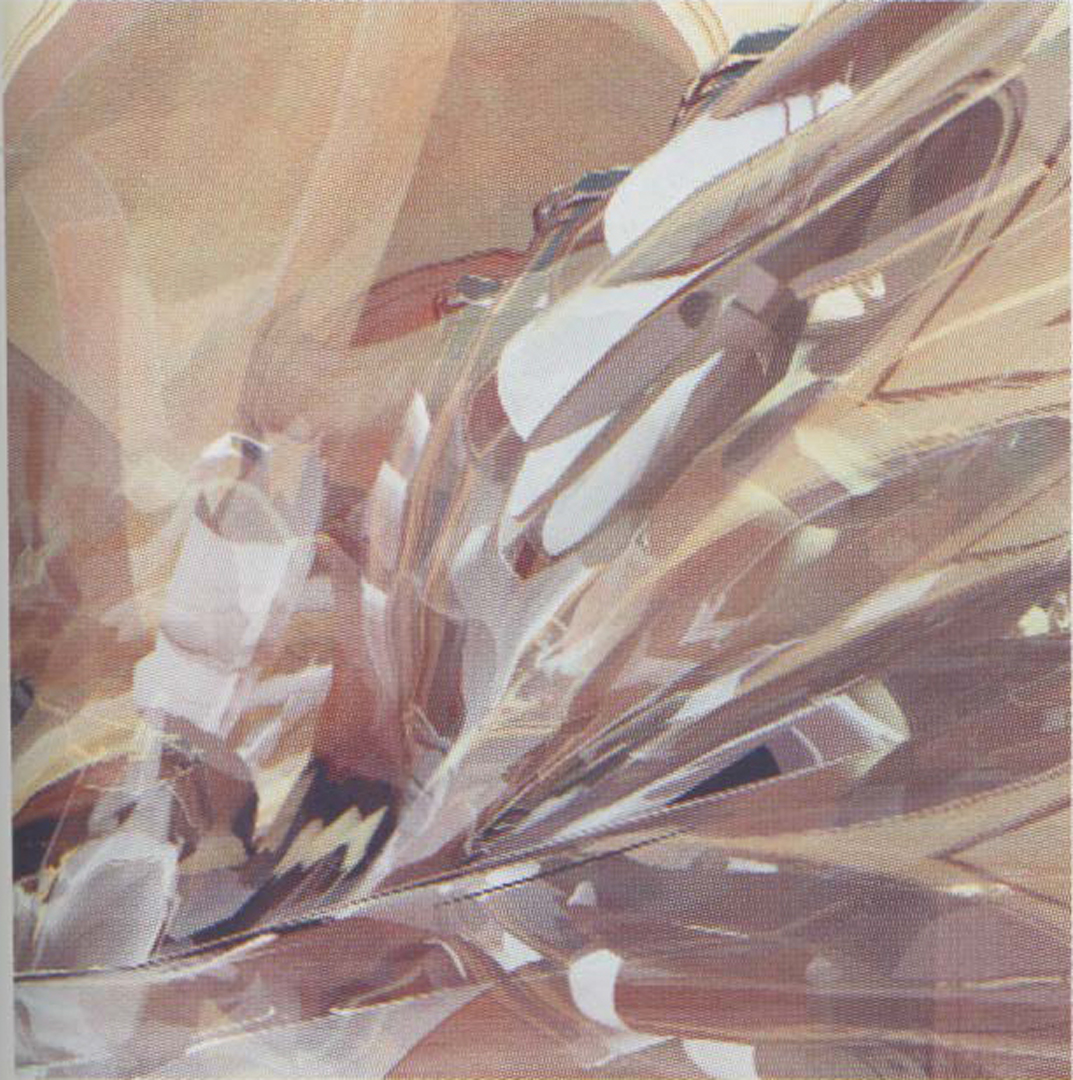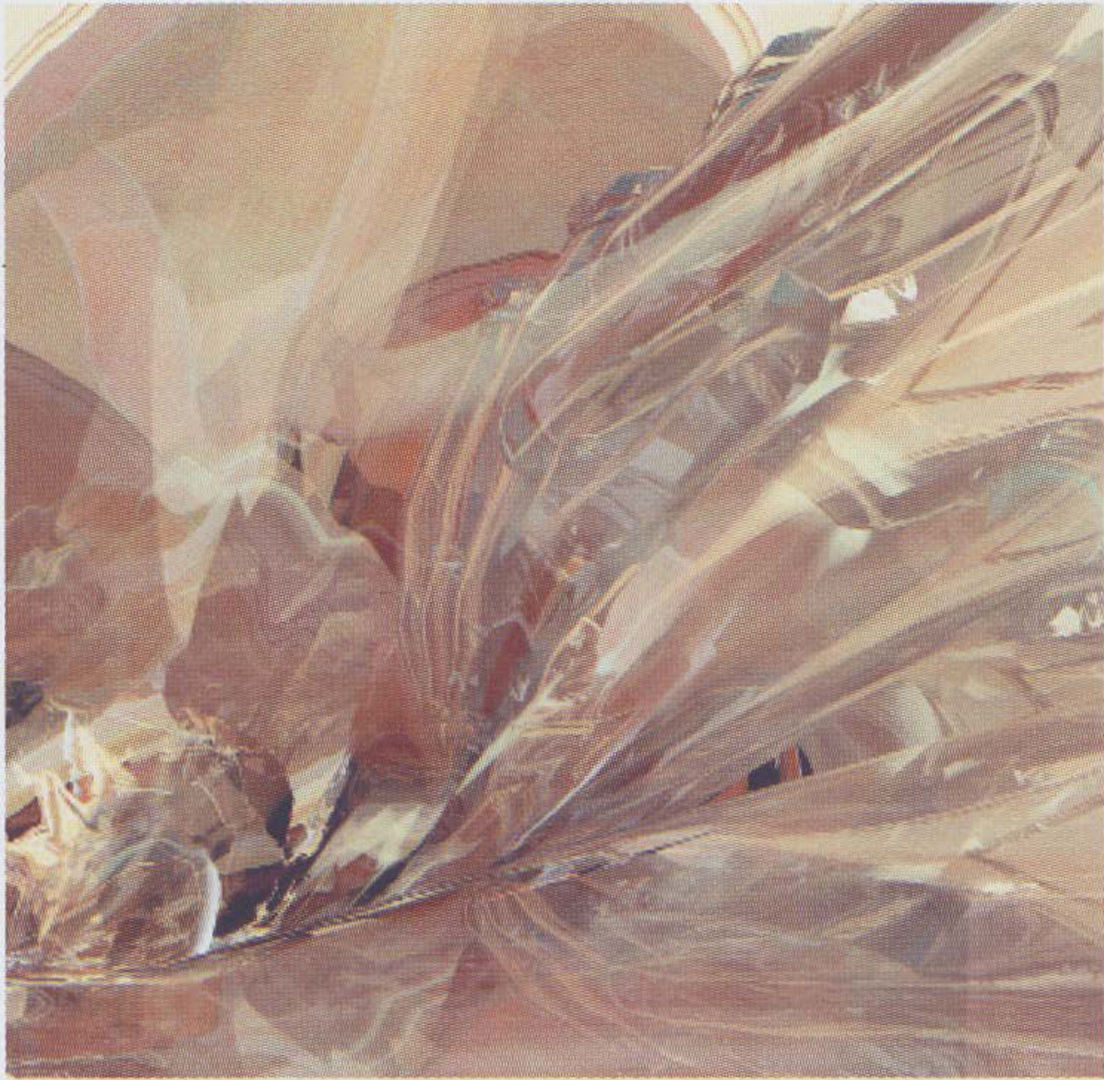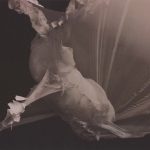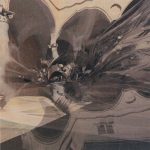Andrzej Zarzycki: The Collapse Series (No.4, No.10, No.3)
Artist(s):
Title:
- The Collapse Series (No.4, No.10, No.3)
Exhibition:
- SIGGRAPH 2003: CG03: Computer Graphics 2003
-
More artworks from SIGGRAPH 2003:


Creation Year:
- 2003
Category:
Artist Statement:
This series of images is a bridge between the artistic and the scientific, between imagined and empirical. They result from close study of reflections and refractions in transparent objects with radiosity-based ray-tracing software. Realistic calculation and visualization of reflections could potentially make this a boring and mechanical tool, placing it more in the photographic than the artistic realm. However, asking the “right question” and pursuing “impossibilities” bring the study from purely scientific toward imaginative investigation.
The intention behind my work is to use art as a vehicle to study and understand the world, along similar paths as science, converging on a holistic and unified vision for reality. Furthermore, this study, not unlike Cubist and Impressionist work, seeks to broaden the definition of reality beyond “the eye” of scientific instruments into the realm of human perception: vision, not physicality, defines the world around us. The so-called creative process results from convergence of creation and discovery, imagining new ideas, and registering unnoticeable facts. The result of my approach and the simulation ability of computer graphics is the “what if …” question.
What if we could control the physicality of our world (time, behavior of light, properties of materials)? We could experience with our eyes what computer simulation is doing for us. These images seek to document that reality. The artistic quest was primarily focused on studying the reflections and refractions within the virtual environment. The aspiration here was not to mimic or test with computer models the reality we observe. Rather, it was to fill the gap of what everyday experience precludes us from seeing. The scientific quest was provided by specifying various initial conditions and setting up limits to light distribution.
These images portray progressive refinement of an object by increasing a number of reflections. With each reiteration, light is allowed another bounce, thus revealing more and more of the object’s form. The imagery portrays what the world would look (be) like if we could see individual strokes of light distribution before they get a chance to interact with other surfaces, with each subsequent step being more refined and a closer portrayal of “final” reality. In the process of refinement, transparent objects can become temporarily opaque, and colors can behave as momentary attributes, not permanent properties.








